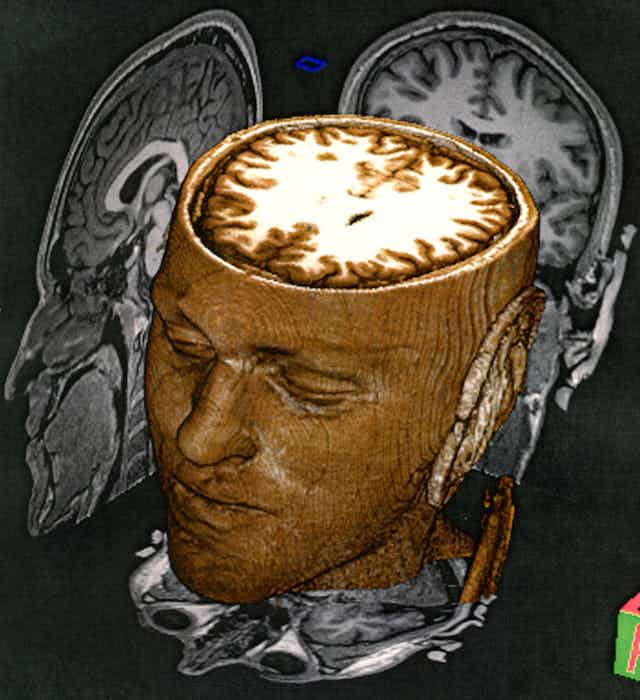Deep brain stimulation (DBS) is a remarkable therapeutic innovation that has restored the lives of many individuals with intractable neurological disorders. Nowhere is this more evident than in crippling disorders like dystonia, Parkinson’s disease and Tourette’s syndrome.
Last week on The Conversation, Amy Reichelt from UNSW provided a useful review of the therapeutic and scientific promise of DBS in these conditions.
The success of DBS in neurologically-based movement disorders has encouraged clinicians and researchers to trial the technology in psychiatric conditions that do not respond to treatment.
Trials of DBS for intractable depression and obsessive compulsive disorder have shown promising results. In addition to this, DBS has recently been suggested as a treatment for drug addiction.
However, the use of DBS for psychiatric conditions like addiction raises important scientific, ethical, and economic challenges that researchers, clinicians, patients, reporters and policy makers need to be mindful of.
Stimulating debate
DBS is often described as a “reversible” procedure when compared to psychosurgery that intentionally damages specific regions of the brain. But is it always reversible?
It can lead to intracerebral haemorrhage, brain infections and cognitive impairment in around 10% of patients. DBS may also lead to a significant increase in suicide and suicidal behaviour (such as self-harm).

The risk of suicide appears to be greater in those with high levels of impulsivity. For addicted individuals, who tend to be more impulsive, this is a significant risk. DBS may even induce impulsivity in some individuals.
Unlike individuals with Parkinson’s disease and other severe neurological disorders, some addicted individuals may be ambivalent about treatment.
People with a drug addiction may be under social pressure to undergo treatment, such as maintaining a relationship or a job, or to retain child custody.
Researchers trialling DBS for addiction will need to ensure that patients are fully aware of the risks of participating, have a realistic understanding of the limited benefit they may enjoy, and be free from coercive pressures to undergo the procedure.
Who benefits and who pays?
DBS is an intensive procedure requiring scarce medical resources and expertise. It costs about A$50,000 for a DBS device and to have it inserted.
An additional A$10,000 or more every few years is needed to maintain the device, change the stimulator settings where necessary, and to replace the stimulator battery.

Despite the high initial outlay, DBS for Parkinson’s disease is cost effective when compared to the long term costs of daily Parkinson’s medication. It is not clear whether this would be the case for drug addiction.
The major economic burden of addiction comes from the costs of dealing with criminal behaviours associated with addictive drug use. Drug addiction is also a common disorder, affecting more than 10 times more people than Parkinson’s disease.
The use of DBS to treat addiction is likely to impact on access to DBS for treating Parkinson’s and other neurological disorders, and the provision of drug addiction treatment services that the majority of addicted individuals will benefit from.
A cautionary tale

There are a number of lessons from the history of psychosurgery that should be heeded when considering the use of DBS to treat addiction and other psychiatric conditions.
The history of psychosurgery is littered with treatments that initially appeared beneficial only to be subsequently found ineffective. Small sample sizes, insufficient monitoring of subtle but salient side effects, and publishing bias – the tendency to only publish positive findings – all contributed to this.
We support proposals for the creation of a DBS trial registry, similar to the clinical trial registry for pharmacological treatments, which records all trials of a technology in order to protect against publication bias. In small trials, the non-reporting of negative findings can significantly distort the picture of an intervention’s effectiveness and safety.
Management of patient expectations is a major challenge in the use of experimental technologies like DBS. Patients are often desperate for a cure, which can interfere with their ability to carefully consider the risks and benefits of undergoing the procedure.
It is critical therefore that media reporting of these technologies accurately describe the uncertain benefits of the technology, limitations of the study, and the very real and known risks of invasive brain surgery.

